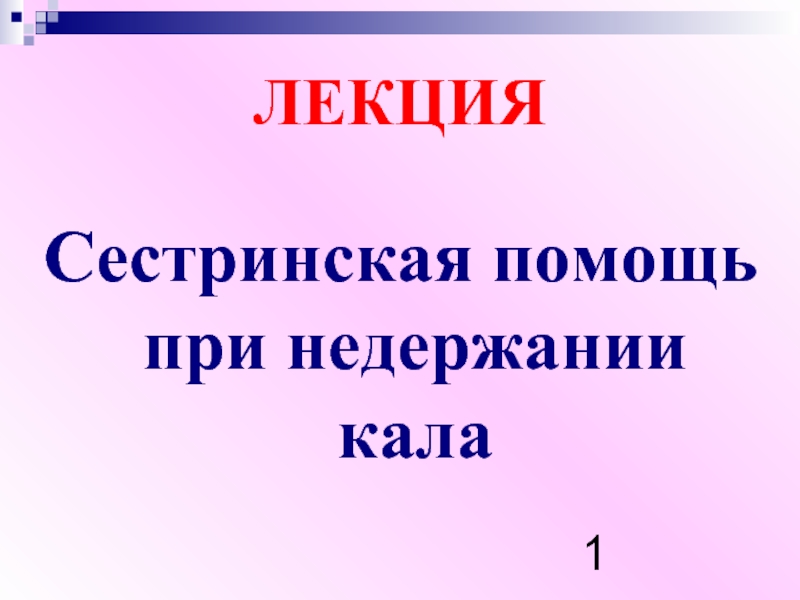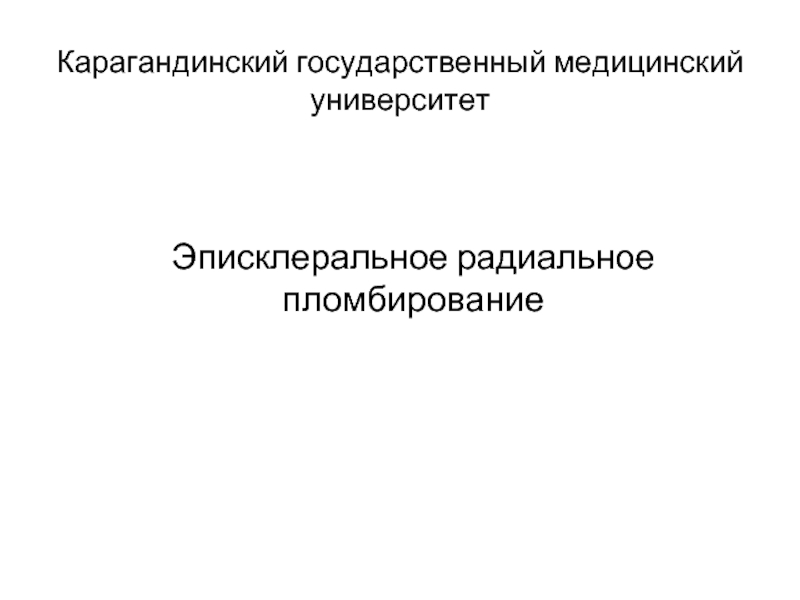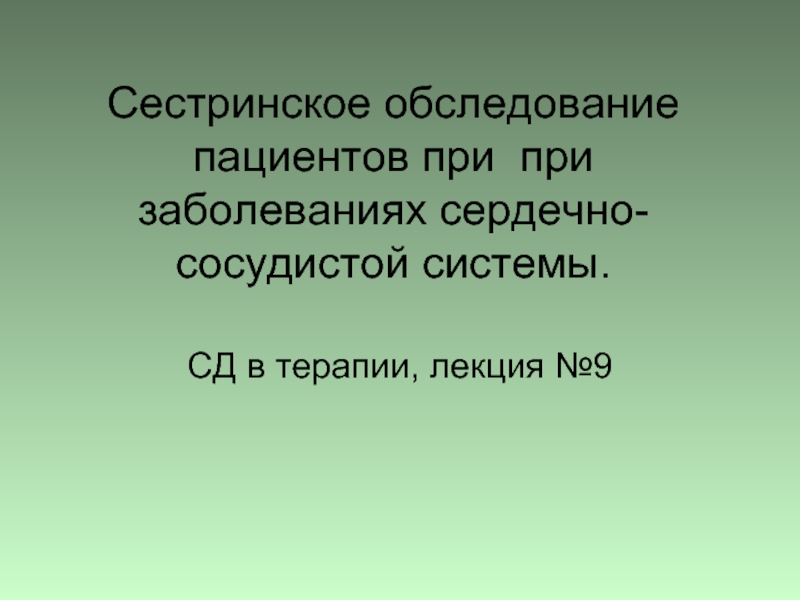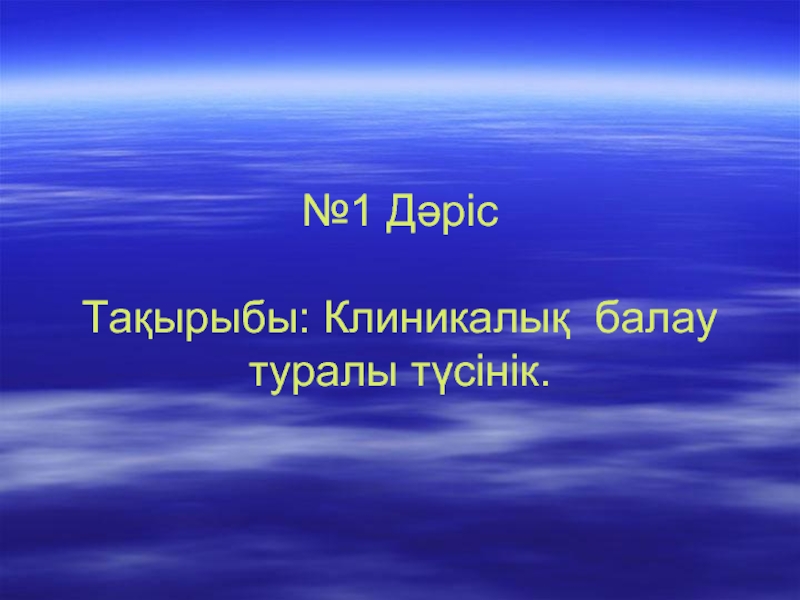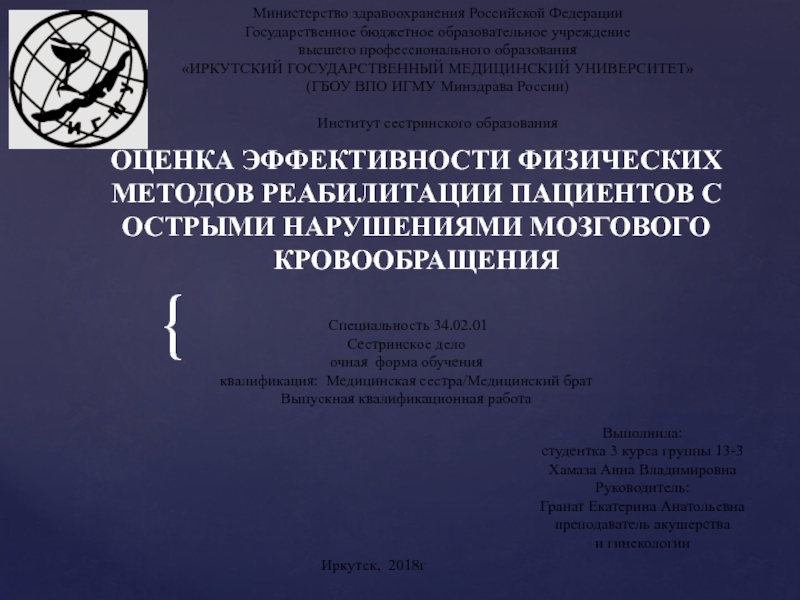Moscow Institute of Physics and Technology
Photocontrol allows to precisely affect excitation propagation by light with help of special photosensitive molecules. Recently a novel photosensitive substance C-TAB was developed. The aim of the present work was to investigate the action of C-TAB on the excitability of cardiac tissue.
Fig. 3 Relative toxicity of C-TAB and Azo-TAB by MTT test on 3T3 fibroblasts for 1 hour of substance presence.
Cells were incubated overnight in 96-well plate in DMEM 10% FBS, 37°C 5% CO2.
After substance wash out and MTT test optical density of particular wells was related to control (substance free) wells
Fig. 2 Dose dependence of excitation propagation speed on the concentration of C-tab trans-form (no UV). monitored by optical mapping of Ca2+ waves. In rat neonatal cardiac cell monolayer propagation speed decreases until the complete stop at 30 uM.
Fig. 4 The effect of C-tab cis-form on the excitation propagation speed (UV exposure power 5 mW/sm²; trans- form is present in media). For 15 uM propagation stopped after 1 minute of exposure, for 10 uM after 3 minutes, for 5 uM after more than 10 minutes.
Fig. 5 Restoration of excitation propagation after 48 hours. Fluorescence intensity diagrams of Ca2+ sensitive dye show every propagation cycle as a peak. The half of the culture with 50 uM C-TAB in media was exposed by 5 mW/sm ² UV for 1 minute than examined for excitation propagation in next 48 hours. Exposed zone stayed inactive for at least 20 hours and partly restored propagation in 48 hours.
The citotoxicity of C-TAB was discovered to be 10 times less than for Azo-TAB. The blocking concentration for trans-C-TAB was estimated as 30 uM and for lower concentration than that the possibility of photocontrol before wash out was demonstrated. The photo ablation process with wash out was introduced for concentrations higher than 30 uM.
Toxicity
Introduction
Conclusions
+Azo-TAB
UV
Wash out
+C-TAB
<30 uM
UV
Wash out
+C-TAB
>30 uM
UV
Wash out
Fig. 1 Photocontrol diagram for Azo-TAB and C-TAB, photoisomerisation scheme

